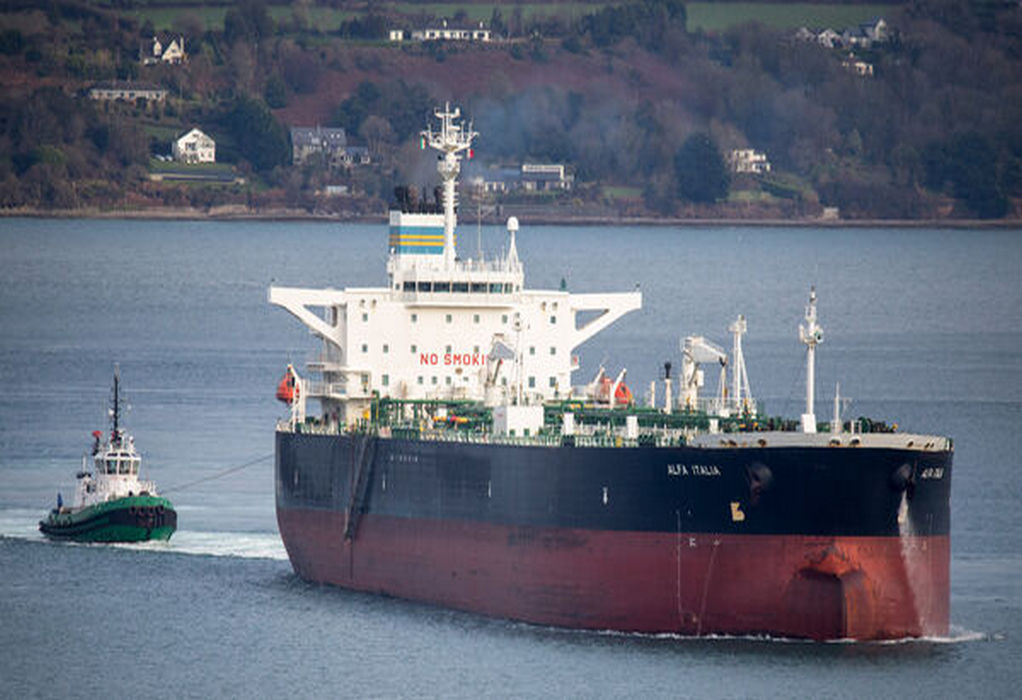The shipping industry is starting to feel the full force of surging diesel and petrol costs.
Ship fuel can be made from some of the same ingredients that refiners can also put into diesel and petrol. But soaring margins of the latter two fuels are making their production more attractive, resulting in tighter supplies for the maritime sector.
Fuel is shipping’s single biggest expense, so any price surge adds more inflationary pressure to already strained global supply chains. The cost of marine fuel in Rotterdam peaked at the highest since at least late 2019 at the start of the week, up 23% since the beginning of the year.
“It’s one more reason why global commodity prices and inflation are so high,” said Mark Williams, an oil products and refining analyst at Wood Mackenzie.
Much of the price increase in ship fuel has been due to a rally in crude oil, which is used to make most marine fuel. Rules implemented in 2020 forcing shippers to burn much lower-sulfur product have also helped push up costs.
But in Europe, the price of marine fuel — known as very low-sulphur fuel oil, or Vlsfo — has climbed much quicker than crude. That’s because of tight supplies which are, in part, due to the region’s strong diesel market, according to Mr Williams.
Source: https://www.irishexaminer.com/
Tags: Marine Fuel, Petrol Costs, Shipping Industry, VLSFO, Wood Mackenzie



Recent Posts
India charts green shipping path: MEPC 83 outcomes discussed at IMEI-DG tech seminar
IME(I) Mumbai pioneers holistic development for future mariners with emotional resilience workshop
Adani launches India’s first hydrogen-powered truck
MAN Energy Solutions Completes Type Approval Test for Upgraded Dual-Fuel GenSet
Global Shipyards Launch Alliance to Accelerate Maritime Sustainability
Port of Antwerp-Bruges Launches Volta 1, Europe’s First Fully Electric Tugboat
CMA CGM Adds Second Methanol-Powered Vessel ‘Argon’ to Its Fleet
Electric Orkney Project Launches Game-Changing Hydrofoil Vessel ‘Zevi 1’